Israeli health ministry said that at least 86 people were injured in the latest Iranian missile strikes.
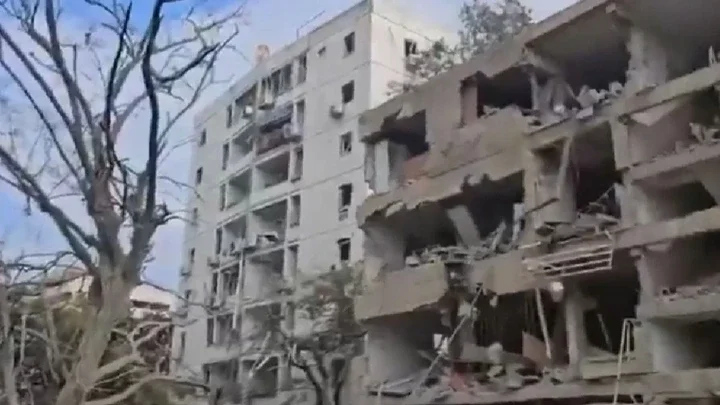
Iran on Sunday fired its largest missile yet in the latest barrage on Israel after US warplanes bombed three Iranian nuclear sites, including its most heavily fortified Fordow nuclear facility.
According to Iranian state TV, Iran fired two barrages of ballistic missiles, including Khorramshahr-4, targeting several Israeli cities. The Khorramshahr-4 missile has the heaviest payload of Iran's ballistic missile fleet, which can carry 1,500-kilogram warhead and has a range of 2,000-kilometer.
The missiles reportedly targeted Haifa and caused significant damage. Israeli Defence Forces said that the damage in Haifa was likely caused by a misfired interceptor. An Israeli air defense interceptor malfunctioned and crashed in Haifa due to which sirens were not sounded in the city.
Israeli health ministry said that at least 86 people were injured in the latest Iranian missile strikes.
Meanwhile, the Israeli Air Force said it shot down two Iranian F-5 fighter jets at Dezful Airport in Iran and destroyed eight ballistic missile launchers.
The latest wave of Iranian strikes came after US B-2 bombers dropped massive 30,000-pount bunker buster bombs on Iran's three nuclear sites - Fordow, Natanz, and Esfahan.
Iran's Fordow nuclear facility, which was the primary target of the US attack, was constructed with reinforced concrete at a depth of 80-90 m under the mountain rocks. It could only be penetrated by the massive GBU-57 Massive Ordnance Penetrator, which only the US has. According to US media reports, six B-2 bombers dropped a dozen 30,000-pound GBU-57 bunker buster bombs at the Fordow nuclear site.
US Navy was also involved in the strike, and its submarines fired 30 TLAM cruise missiles at Natanz and Isfahan nuclear sites. A B-2 bomber also dropped two GBU-57 bombs on Natanz.
After the strikes, Iran's Parliament Foreign Policy Committee Head Abbas Golroo said the country now has the legal right to withdraw from the nuclear Non-Proliferation Treaty (NPT) based on its Article 10.
Article 10 of the NPT states that a member country has "the right to withdraw from the Treaty if it decides that extraordinary events have jeopardized the supreme interests of its country."

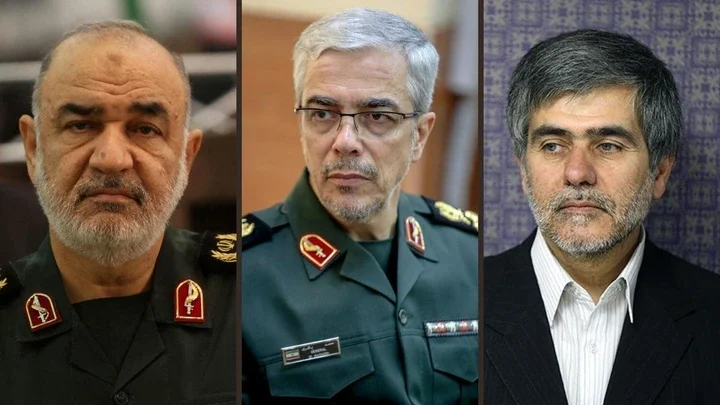
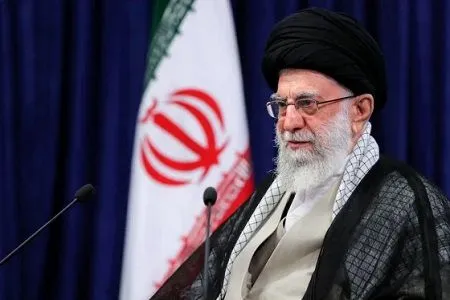
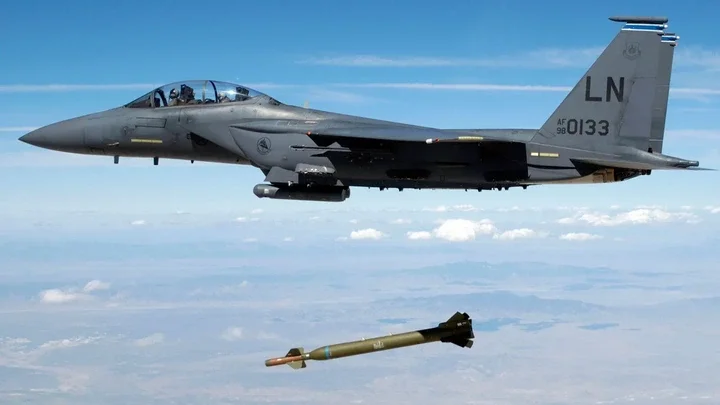
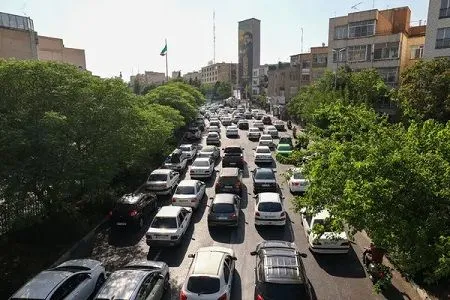








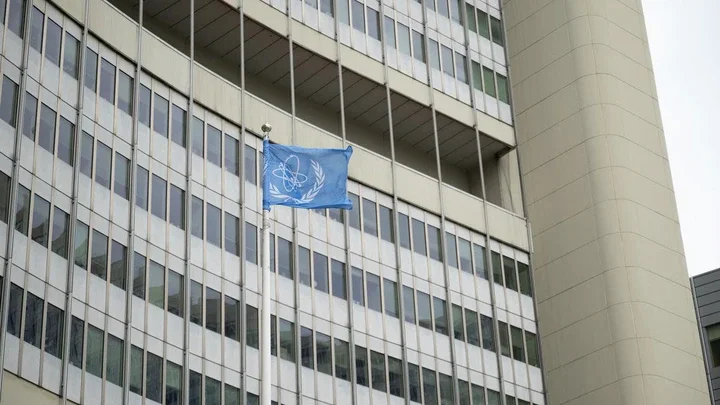


Comments